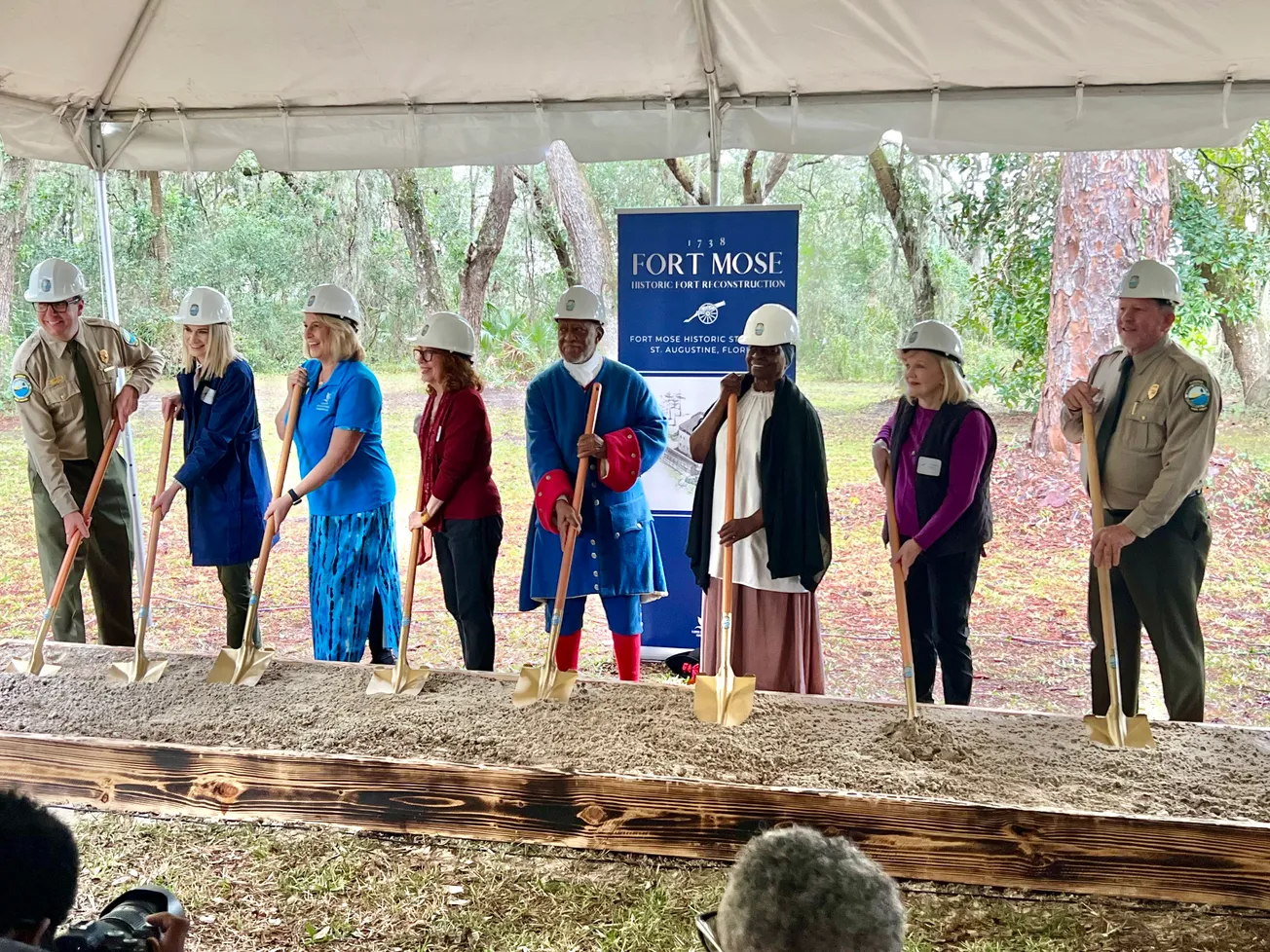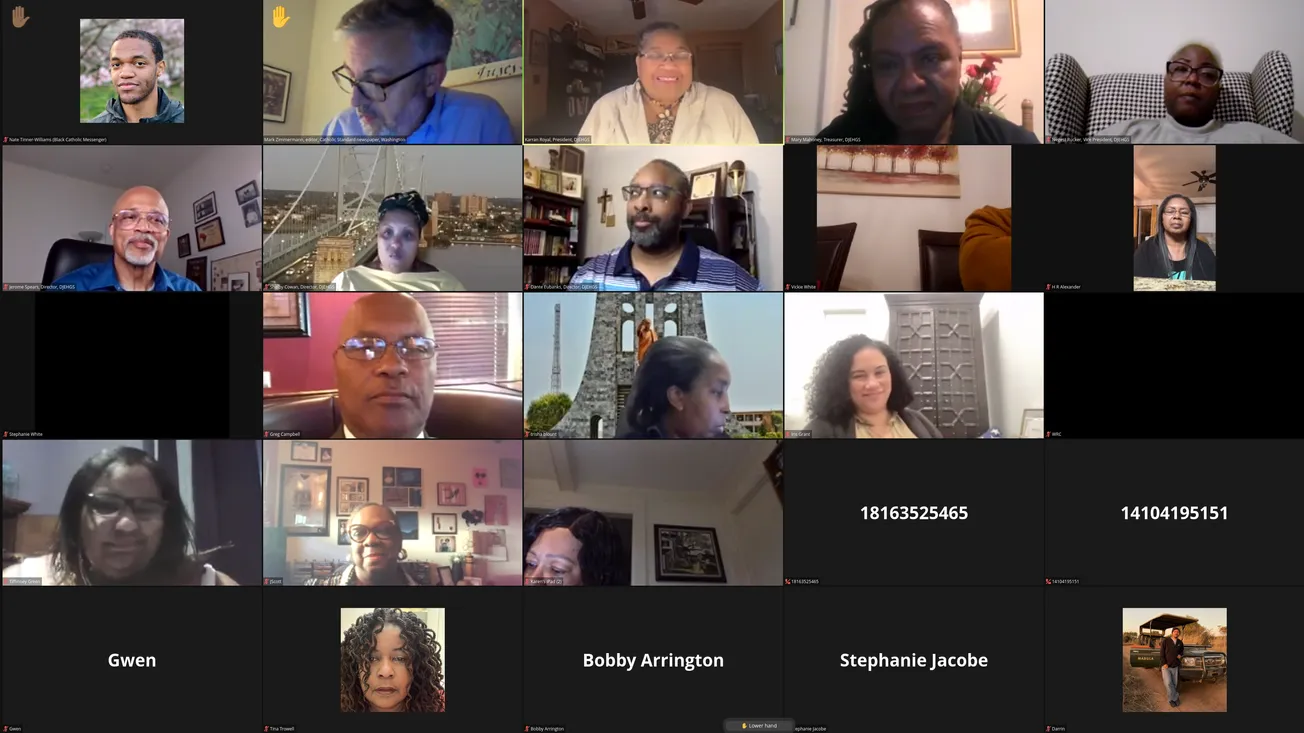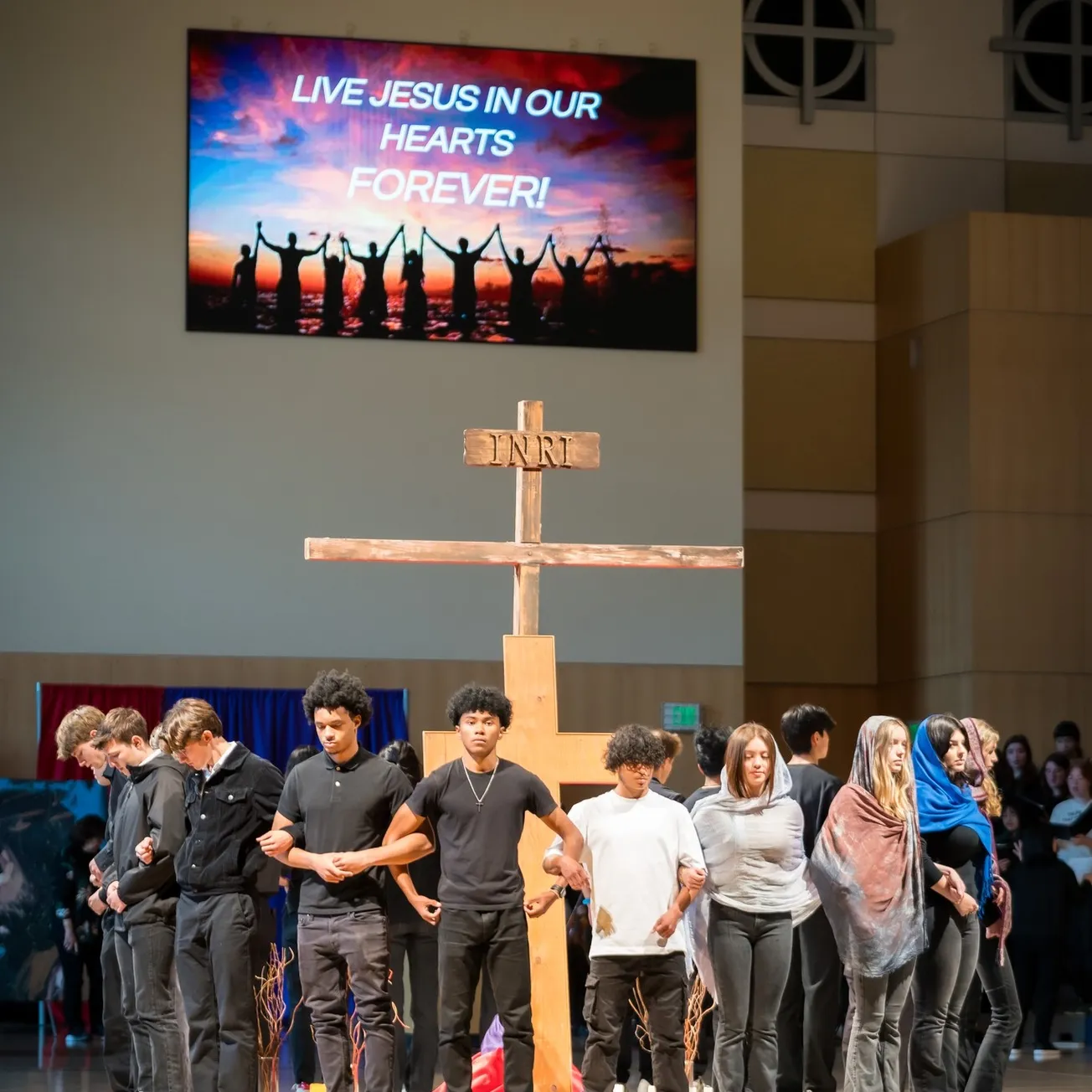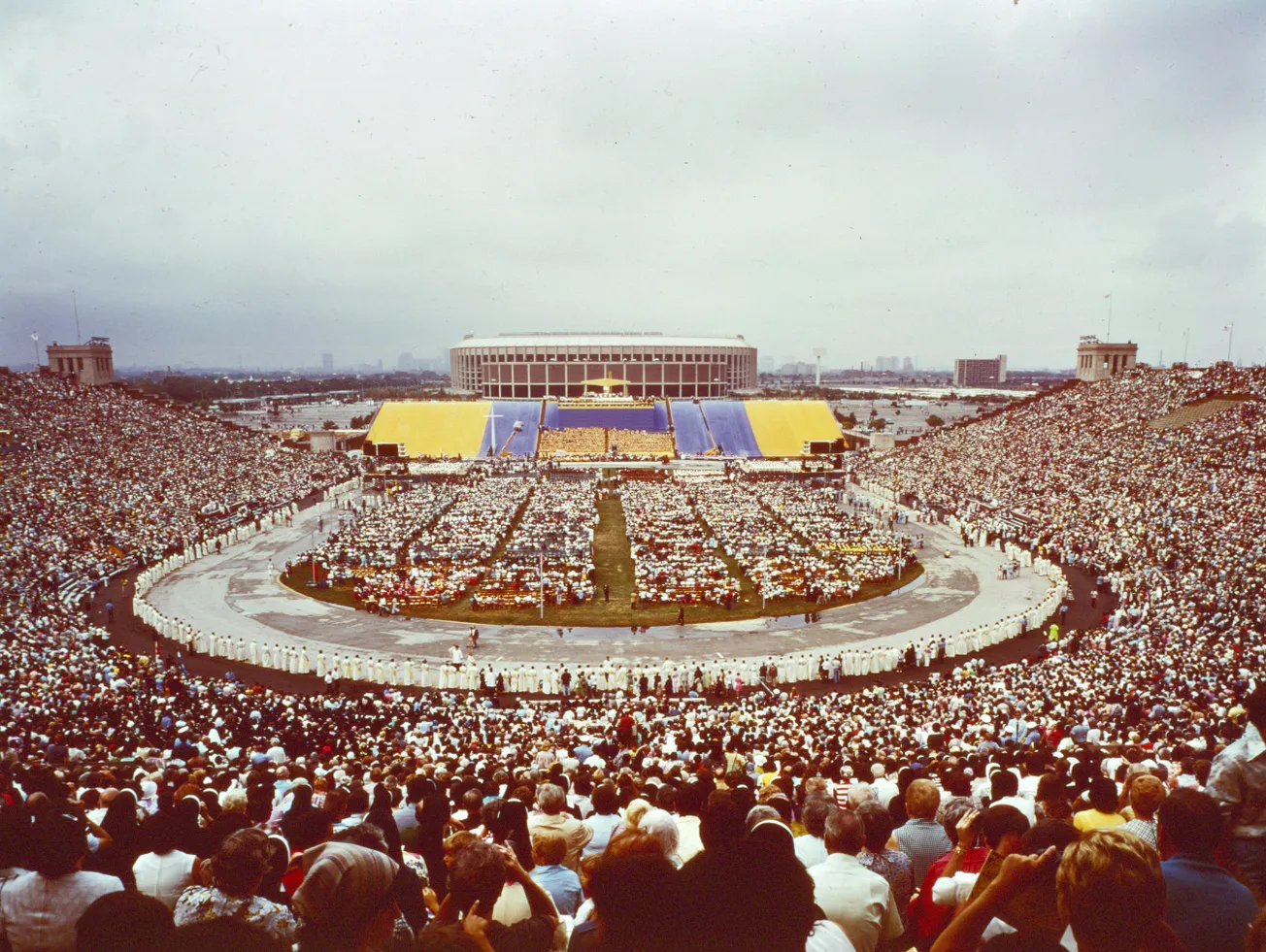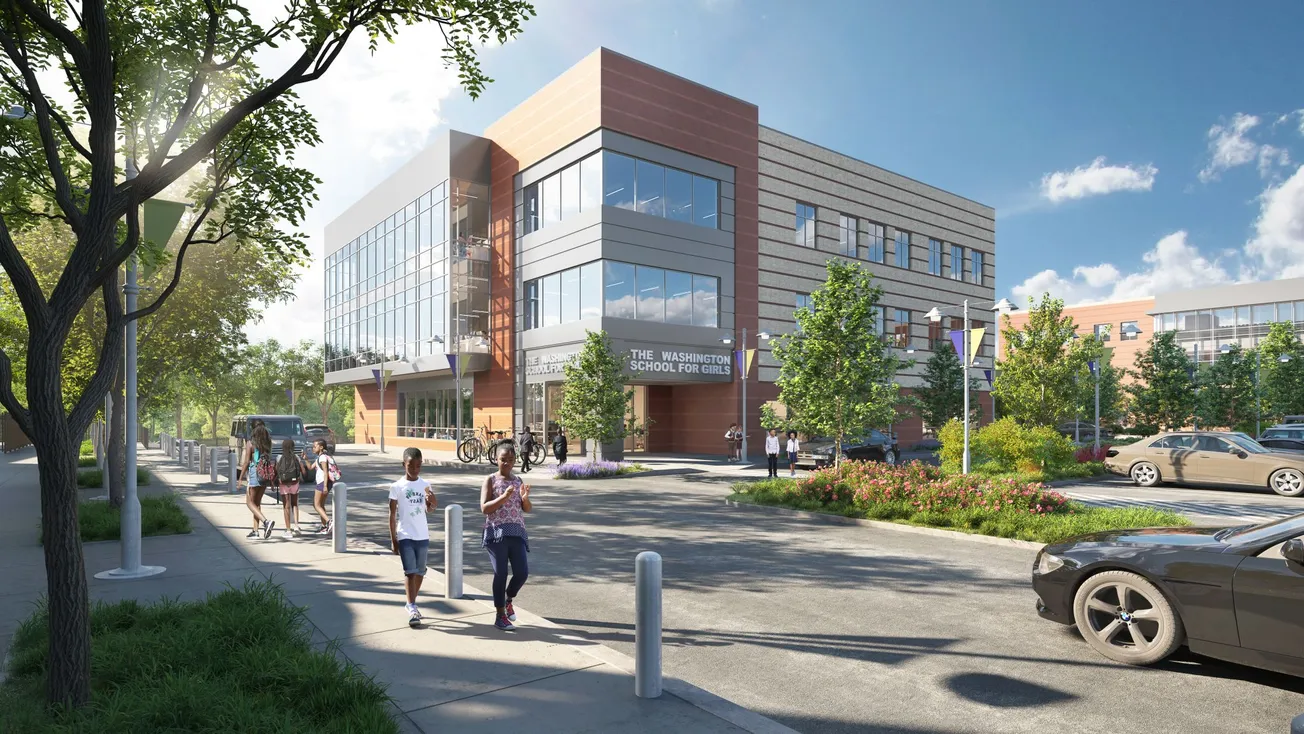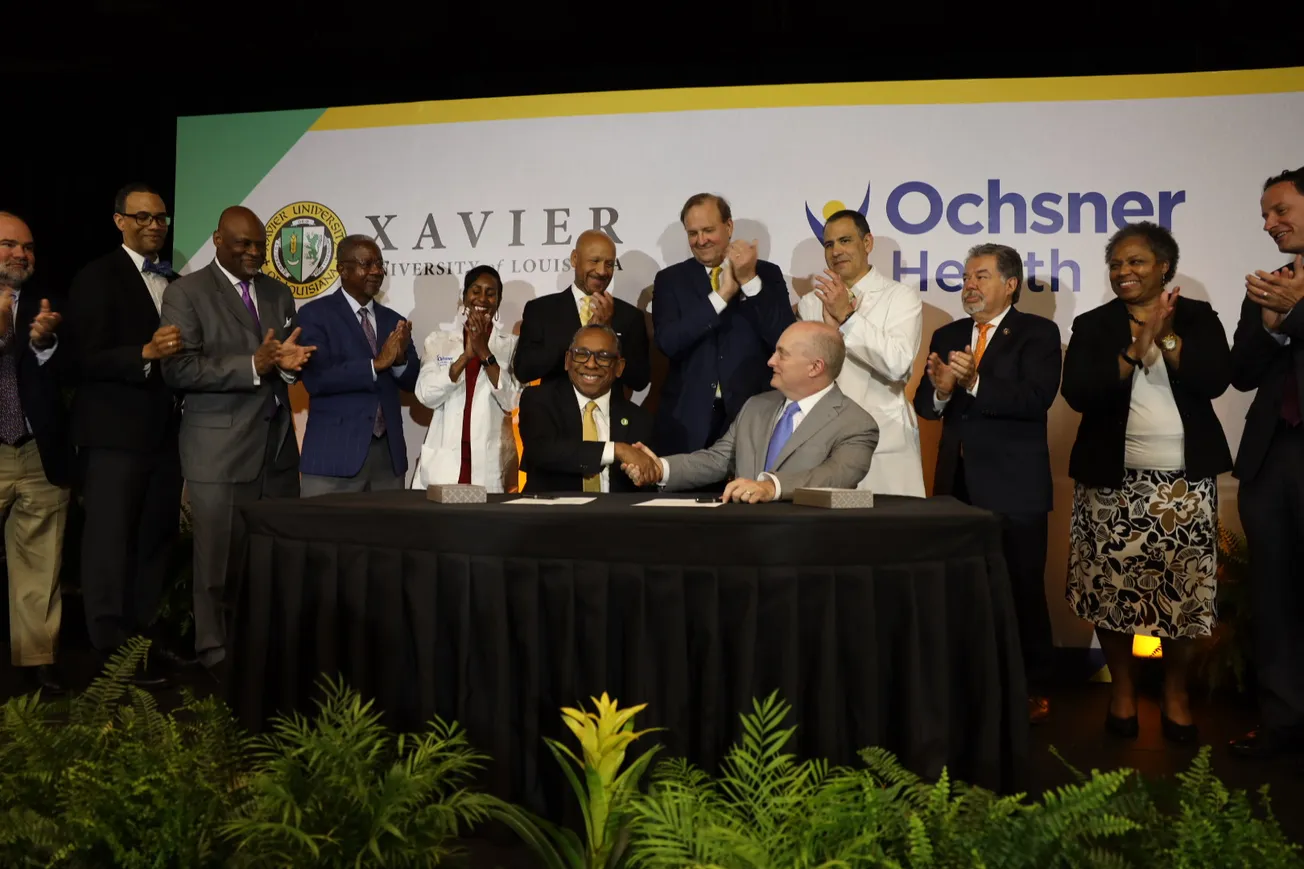Local officials in St. Augustine, Florida, broke ground Friday on the reconstruction of Fort Mose, the nearly 300-year-old Catholic settlement that began the history of Black towns in what would become the mainland United States.
Representatives from the Florida State Park Foundation, the Fort Mose Historical Society, and two scholars integral to the 20th-century rediscovery of the fort’s ruins—Drs. Jane Landers and Kathleen Deagan—were on hand for the morning ceremony at Fort Mose Historic State Park.
“Today marks a historic moment in our journey to preserve and celebrate our state’s and our nation’s rich cultural heritage,” said Julia Gill Woodward, CEO of the foundation.
“The Fort Mose groundbreaking ceremony signifies a commitment to fostering a deep connection between our past and present. This project is a tribute to the enduring spirit of community and the profound importance of preserving our shared history.”
(1/2) HISTORY IN THE MAKING: This morning, in partnership with the Fort Mose Historical Society, we hosted a historic groundbreaking ceremony for the fort reconstruction project at Fort Mose Historic State Park. It is expected to be completed by late 2024. pic.twitter.com/NPCgy37ifQ
— FL State Parks Foundation (@FLStateParksFdn) January 19, 2024
The project dates back some three decades, with the historical society being founded in 1996 to preserve the history of the fort and its importance to both Black and Florida history. St. Augustine, from which Fort Mose was branched in 1738, is the nation’s oldest city —dating back to the landing of Spanish settlers in 1565, including a number of free and enslaved Catholics.
The city’s Black community grew rapidly after a decree of King Charles II of Spain established that any escapees from British slavery would be granted safe harbor and employment in Spanish Florida (“La Florida”) upon conversion to Catholicism and, if applicable, entering the military.
The Black population of St. Augustine was later sent out to found Fort Mose a few miles north, where they established a self-sufficient community, including what was perhaps the oldest Black Catholic church in what would become the U.S.
Though it’s unlikely a new church will be built as part of this year’s reconstruction, the grounds themselves are a testament to Black religious history and will serve as a reminder of Black resilience in a time of growing anti-Black sentiment in the European colonies writ large.
“As we break ground on the reconstruction of Fort Mose, we are not merely rebuilding walls—we’re creating a tribute to the resilient and determined freedom seekers who made the first free Black settlement a possibility,” said Charles Ellis, president of the Fort Mose Historical Society.
“The Fort Mose Historical Society is honored to have played a pivotal role in launching this project, providing the public with an opportunity to consider the true value of freedom. With the community’s support, we embark on a journey to create a dynamic space where the echoes of the past will resonate in the hearts and minds of all who visit.”
The reconstruction is the fruit of years of fundraising, including a nearly $1M grant from the Florida African American Cultural and Historical Grants Program in 2022, and later contributions from St. Johns County, the state government, and the annual Fort Mose Jazz & Blues Series—which will host its 2024 series early next month.
Congratulations on the groundbreaking have echoed across the state, including from the nationally known civil rights attorney Ben Crump, based in the state capital of Tallahassee.
“Fort Mose is the nation’s first legally sanctioned free African settlement, representing the resilient spirit of those who fought for freedom and justice,” he said in a video posted to social media.
“This site is a living testament to the brave souls who sought refuge and fought against the chains of slavery. Their courage echoes through time, contributing to the broader struggle for civil rights and equality even to this day.”
U.S. Rep. John Rutherford of Florida, a Catholic Republican representing Jacksonville and St. Augustine in Congress, has also praised the successes of the reconstruction initiative—despite controversial positions taken in the past concerning Black history.
“It’s really going to be an amazing site,” he said during a presentation on the House floor last week in Washington.
“This project is the realization of decades of dreams, dedication, and hard work from hundreds of individuals who show a love for the Fort Mose history and rich, rich, story.”
The Fort Mose reconstruction fundraising goal of $3M was reportedly reached late last year, and work on the site is expected to be completed by the end of 2024.
Nate Tinner-Williams is co-founder and editor of Black Catholic Messenger.


